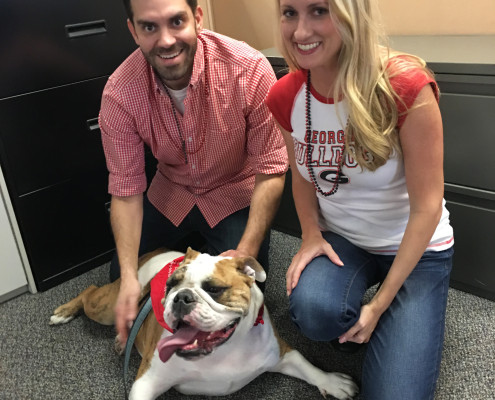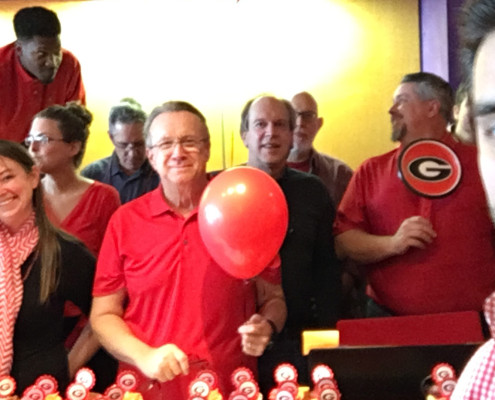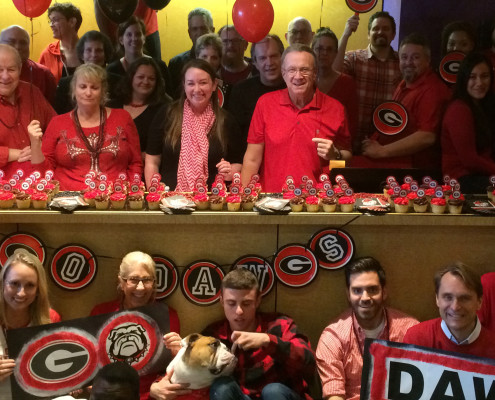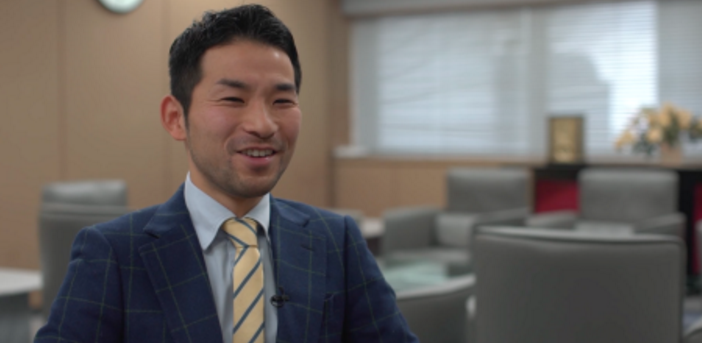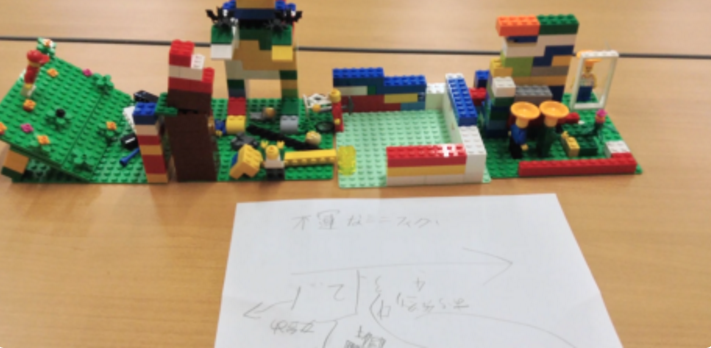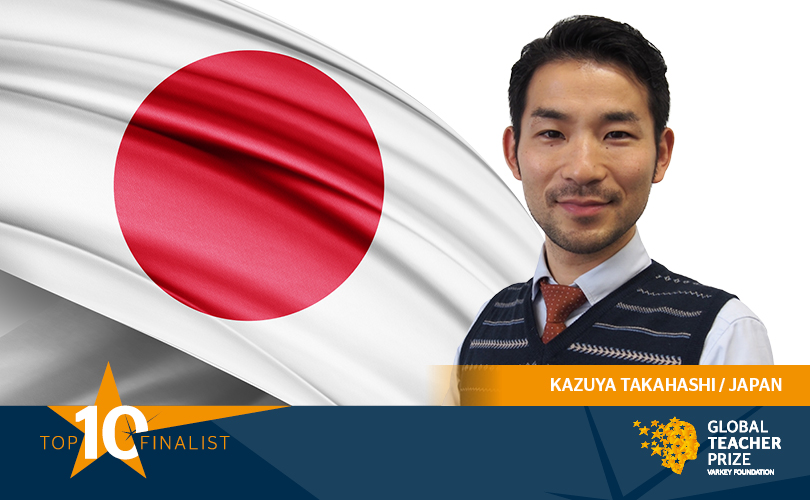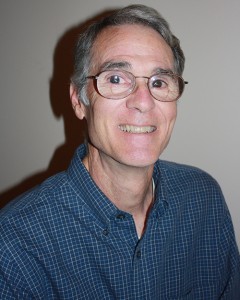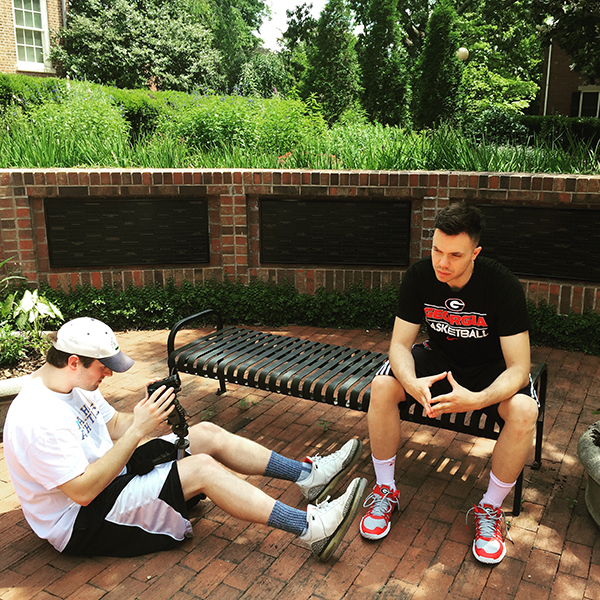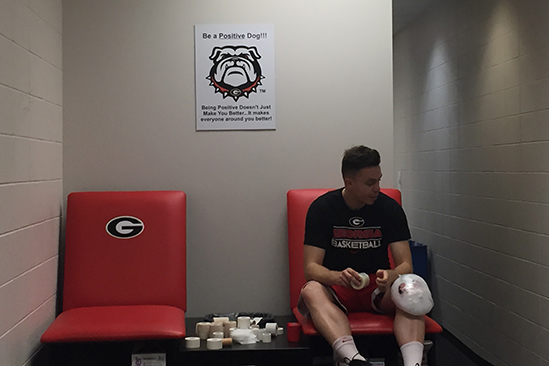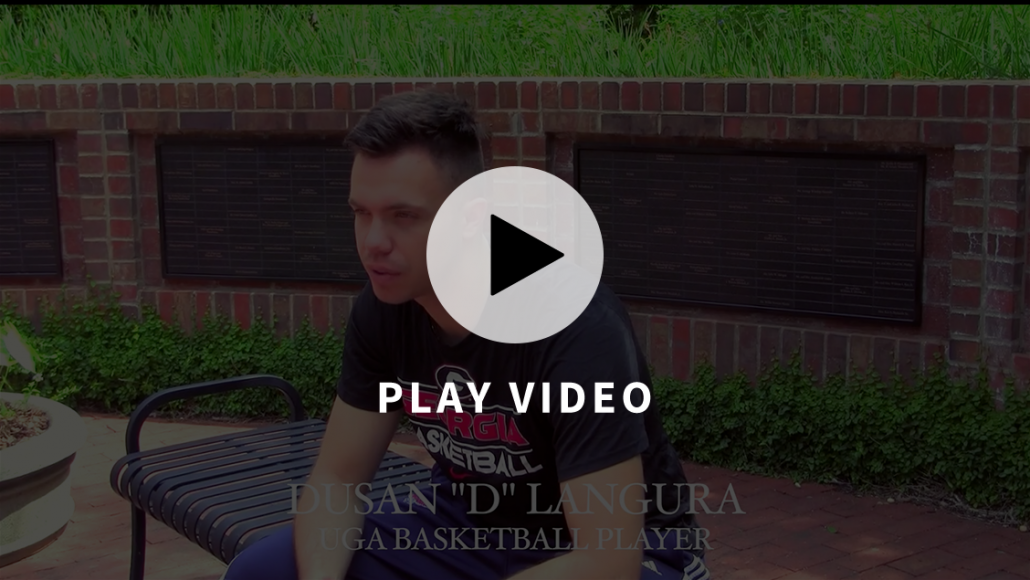The University of Georgia sends its graduates to a number of major metropolitan cities, including Washington, D.C. Two recent graduates, Alex Laughlin (AB ’14) and Julia Carpenter (ABJ ’13, AB ’13), now work for the Washington Post, one of America’s premier newspapers. Digital Specialist Jamie Lewis (AB ’12, AB ’12) recently interviewed Alex and Julia to learn about their paths to D.C.
Tell me a bit about your positions at the Washington Post.
Alex: I’m a social media producer. Half the day I run the main social accounts (Facebook and Twitter), and the other half of the day I spend working on emerging platforms for the Post like Instagram, Snapchat and List.
Julia: I’m an embedded social media editor. That means I work on the audience engagement team, but instead of focusing on the main accounts and the entire newsroom like Alex does, I’m narrowing my focus to two things: our features department, and our Tumblr presence. Our embed program (we’re still hiring for two gigs — in local and world — so tell your friends!) just launched this past fall. Before I started as an embed, I was a digital producer on the social media team. I worked on some wonderful projects, like our voicemails Tumblr This Year I Learned (y’all should call in!) and user-generated content and new platforms (just a year ago, that meant things like Snapchat, messaging apps and Tumblr — isn’t that weird?).

Alex Laughlin (AB ’14), social media producer at the Washington Post
What pushed you to move to D.C. after graduation?
Alex: I had always been interested in moving to DC because it’s a major city, but not as massive as New York. I fell in love with it when I interned here in the summer of 2013, and then I moved here after graduation when I got a job at a small political magazine.
Julia: I was interviewing for two jobs at the same time — one was in D.C., and the other in New York. I’d interned in New York (twice!) and I’d lived there (twice!), so I decided to do the thing I hadn’t done before. I wanted to explore a new city, and I wanted to do journalism — the gig at The Post was the perfect opportunity to do both.
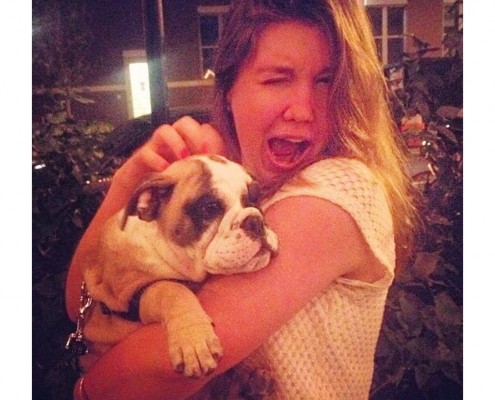
Julia Carpenter (ABJ ’13, AB ’13), embedded social media editor at the Washington Post
How did your time at UGA prepare you for the professional world? Any particular professors, classes or organizations that affected you?
Alex: I was a women’s studies major, and the greatest preparation I got in the classroom for the “real” world was the ability to think critically about the systems around me and also know how to form an airtight argument and advocate for myself. The majority of my practical journalism experience came from my time at the Red & Black, where I was a reporter and then an editor (before our notorious walk-out in 2013!). I was also a member of a Panhellenic sorority, where I learned how to make small talk.
Julia: I was a total Red & Black junkie. I tried pretty much every job in that newsroom, and the friends I made there are now my strongest professional connections (and my dearest confidantes). I also can’t say enough how my double major — in magazine journalism and in English — and my Honors Program thesis work with Dr. Elizabeth Davis prepared me to think critically about new media storytelling. My thesis research was, seriously, just reading hundreds of characters worth of Twitter fiction — total dream, and something I bring up in work convos more often than is probably polite.
What advice would you give to a student interested in working on the digital side of journalism?
Alex: Make friends with the most ambitious people you know. Learn a lot about something that isn’t journalism. Always have a side project going — whether it’s an internship, a club leadership position, or a job. Trade them out each semester, and then take your last semester off. Don’t be scared to go to meetings for clubs you want to join — even if the people seem really cool and intimidating! They aren’t that cool, I promise.
Julia: Intern like a crazy person.
You’ve both got some pretty fun projects aside from your jobs at The Post – tell me about them!
Alex: I host and produce The Ladycast, which is a podcast where I interview cool women about their lives and their careers. I also have a YouTube series called “Side Hustle” with Femsplain.
Julia: I love side hustles! I have way too many open Google docs of projects yet to see the light. Otherwise, I run two newsletters: A Woman to Know and Drunk Poetry Circle. A Woman to Know is a daily missive about a woman from history, politics, art, science, you name it. I’ve written about Caresse Crosby, the inventor of the bra; Hazel Scott, a pioneering jazz musician; Tsuneko Sasamoto, a 90-year-old (still working!) photographer; the list goes on.
My friend (and fellow UGA alum!) Maura Friedman and I run Drunk Poetry Circle, a place for all happy hour poems to live (and also, sometimes, to die). We think everyone is capable of wonderful, moving, sad, hilarious poems — sometimes you just need a discount cocktail or two to stoke the creative flame. We ask people to submit the best of their work to us, and every week we send out a newsletter featuring the best (or funniest) verses.
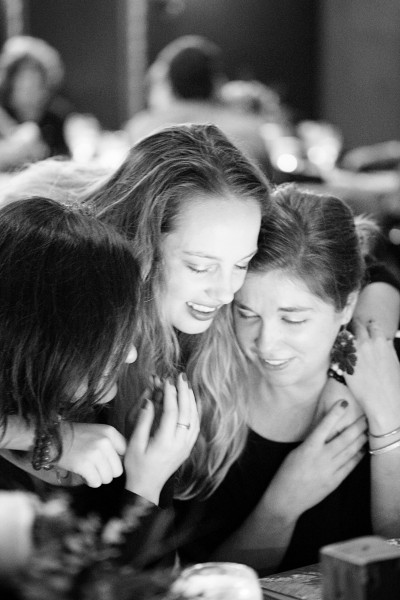
Alex (left) and Julia (right) with Lindsey Rogers Cook (ABJ ’14), fellow Bulldog and Washington, D.C., resident
What has been your biggest accomplishment since leaving UGA?
Alex: My biggest accomplishment is probably launching my podcast!
Julia: I’m proudest of This Year I Learned. I worked on it with one of my most favorite creative collaborators, Masuma Ahuja, and the whole thing — every message, the wave of responses — is just magic magic magic.
Best memory from your time at UGA?
Alex: Some of my favorite memories include walking from the SLC to North Campus in the fall, debating in my women’s studies classes, studying at Walker’s, and Take Back the Night with WSSO!
Julia: I have too many to pick one. Athens is one of those places I think about all the time — like whenever I have a bad day, or a good day, the first thing I think is “what’s happening in Athens right now?” Strolling up to Jackson Street Books after class in Park Hall. Ringing the Chapel Bell with my best friend on his graduation eve, after a night out at Blue Sky and Allgood. Studying at Walker’s with dirty chais. The thunder of “Touchdown, Georgia!” that echoed every Saturday. Walking down Bloomfield Street at night, surrounded by porches and twinkly lights. The apple and cheese sandwich at Marti’s. Staying late at The Red & Black and then walking home to my own (first!) apartment, where I lived next door to my bestest friends, where I could hear the crack of baseball bats practicing throughout September.
Are you a graduate of the University of Georgia? Please take a moment and update your information!

